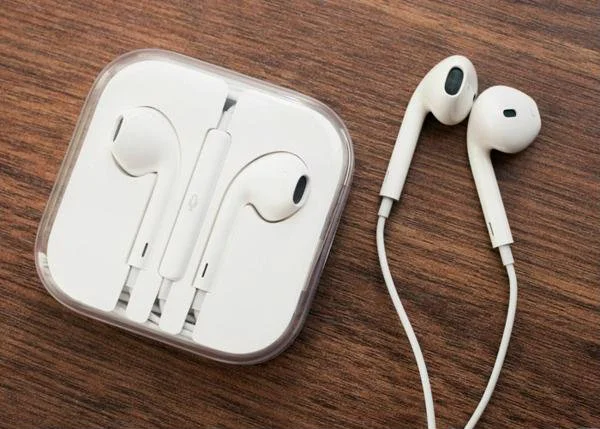Experts warn of a worrying link between overuse of noise-canceling headphones and brain development in young people. And could the noise-canceling headphones you wear every day be the culprit behind your hearing problems?
The modern world is filled with noise, making noise-canceling headphones a “saviour” for many people. However, audiologists are sounding the alarm about the potential impact of regularly blocking out ambient sounds.
Noise-canceling headphones are thought to cause auditory processing disorders.

They believe that overuse of noise-canceling headphones, especially in teenagers, can slow auditory development and lead to auditory processing disorder (APD). APD makes it difficult for the brain to interpret sounds and speech, affecting the ability to concentrate and communicate.
A study in the UK shows that more and more young people are being diagnosed with APD, even though their ears are completely normal. Accordingly, Sophie, 25, is a typical example. She has difficulty understanding speech and has to rely on subtitles when watching movies and listening to lectures. The habit of wearing noise-cancelling headphones for 5 hours a day is believed to be the cause of this condition.
Reports show that the number of young people diagnosed with APD is increasing, even though their hearing is completely normal. This raises questions about the long-term effects of noise-cancelling headphones on brain development.

Although noise-cancelling headphones play an important role in protecting hearing from loud noise, excessive use, especially in young people, can have unpredictable consequences. Experts recommend that users should balance the use of noise-cancelling headphones with exposure to natural sound environments to ensure comprehensive brain development.
The advantage of in-ear headphones is that they are small, light, and do not interfere with glasses, masks, or earrings. Most in-ear headphones have a built-in microphone, making it convenient to make calls.
However, the sound quality of in-ear headphones is usually only average, with weak bass. The headphone wire is also prone to tangles. Some people may feel uncomfortable wearing it for a long time due to the different structure of the ear canal. The price of in-ear headphones varies from low to high, suitable for each person’s needs and budget.
The advantages of on-ear headphones include being light and not as uncomfortable as over-ear headphones. In addition, some models are foldable, convenient to carry when traveling.

However, on-ear headphones also have disadvantages. For example, their noise isolation is not as good as over-ear types and can leak sound from within the headphones into the surrounding environment.
